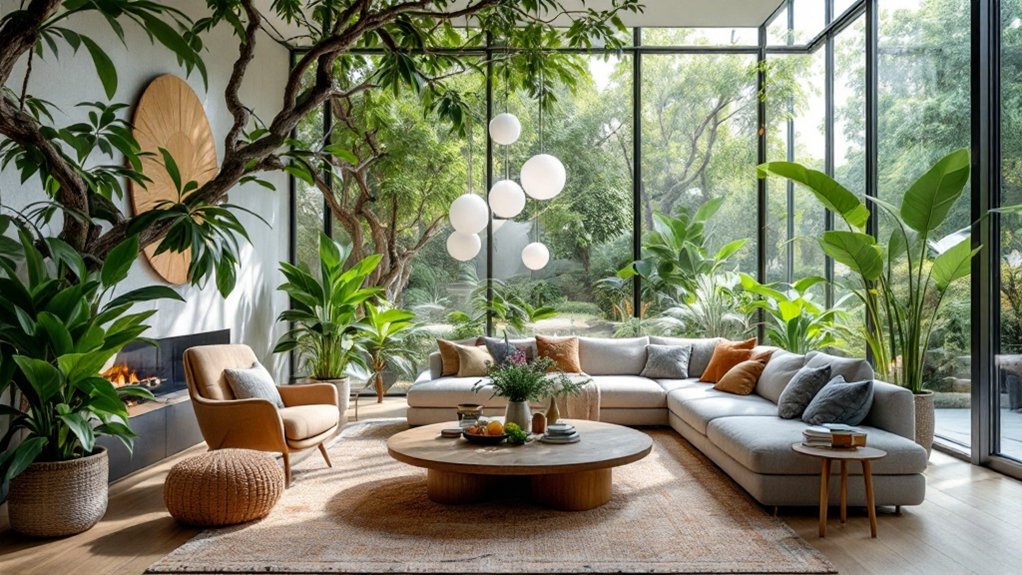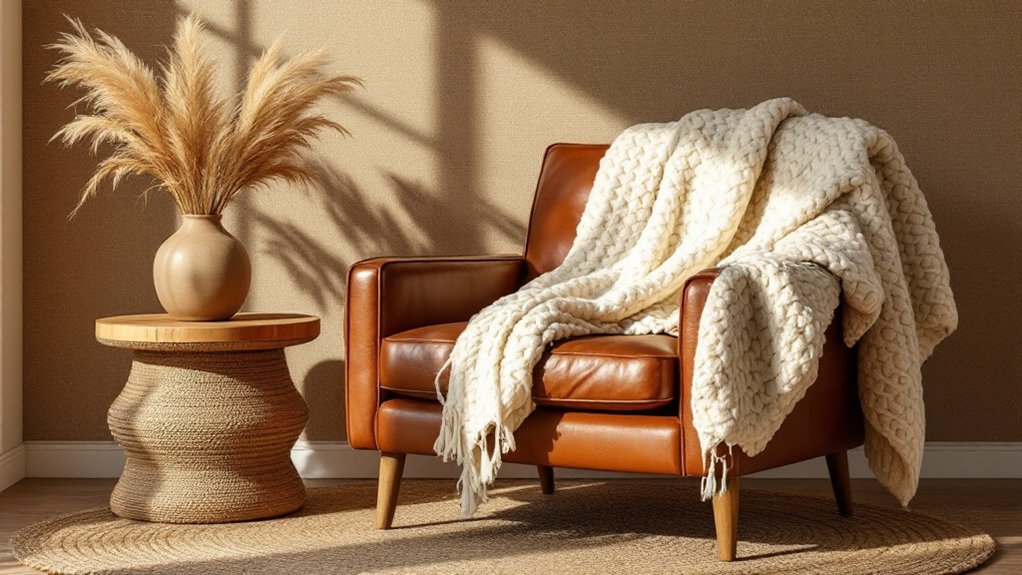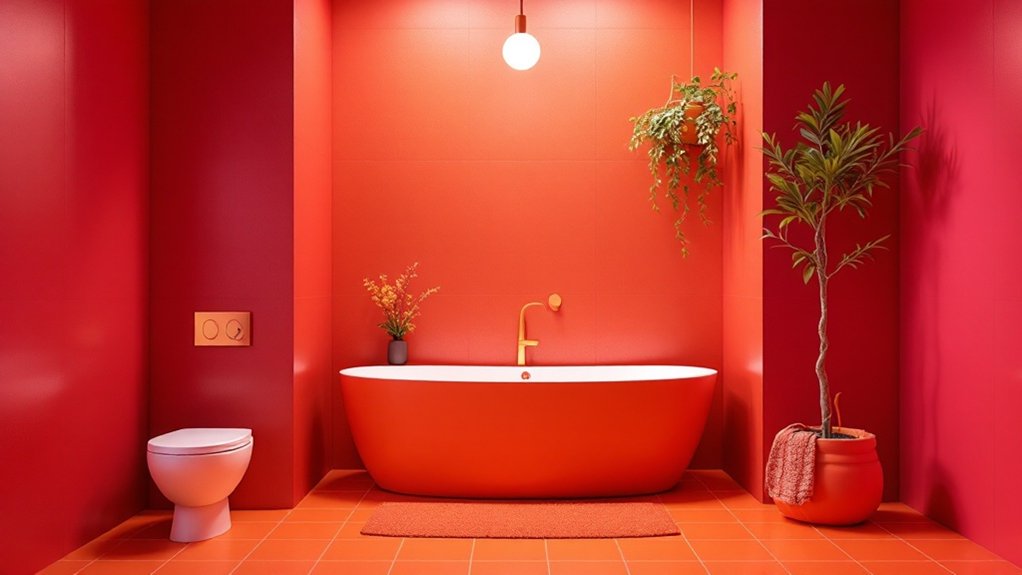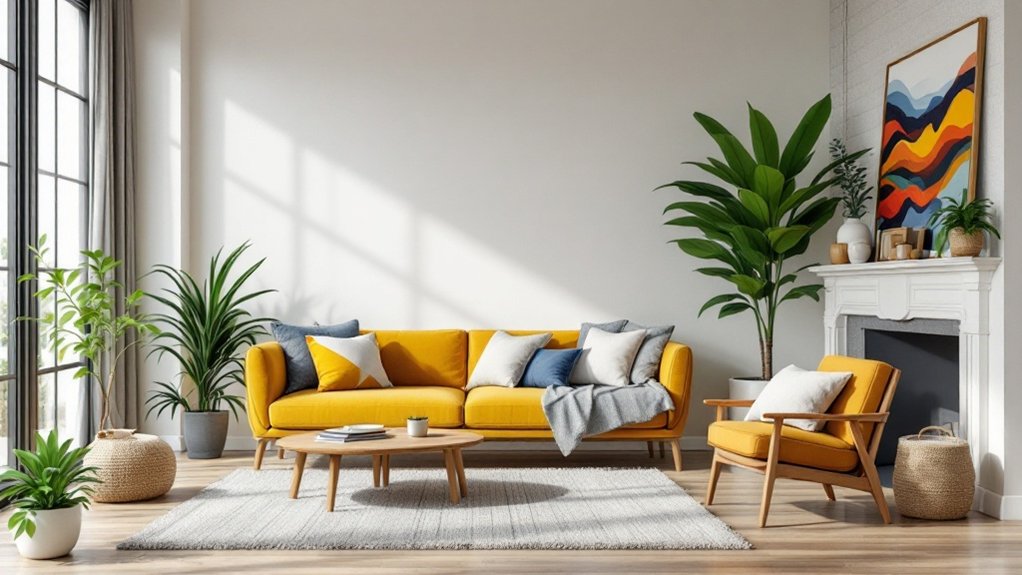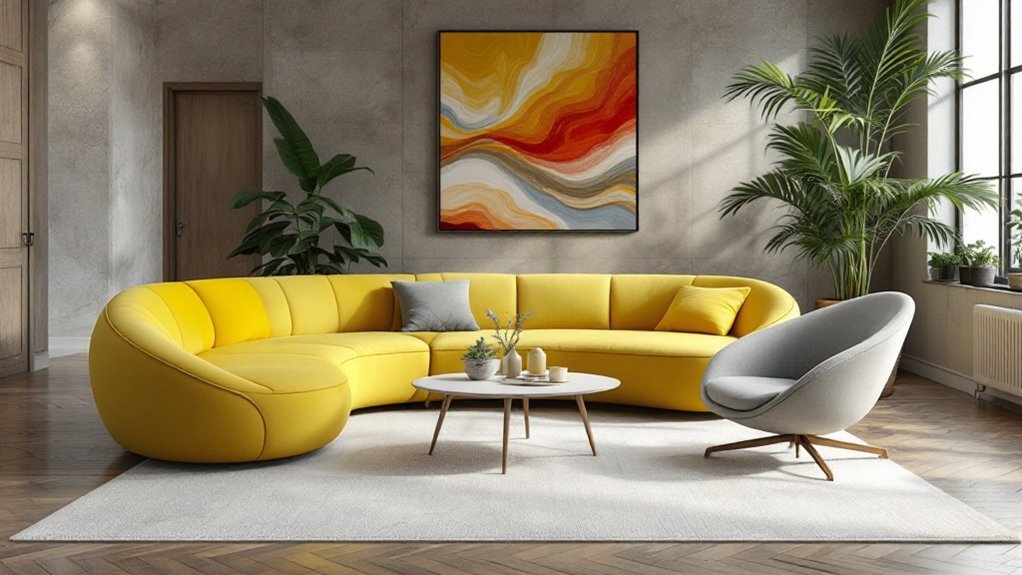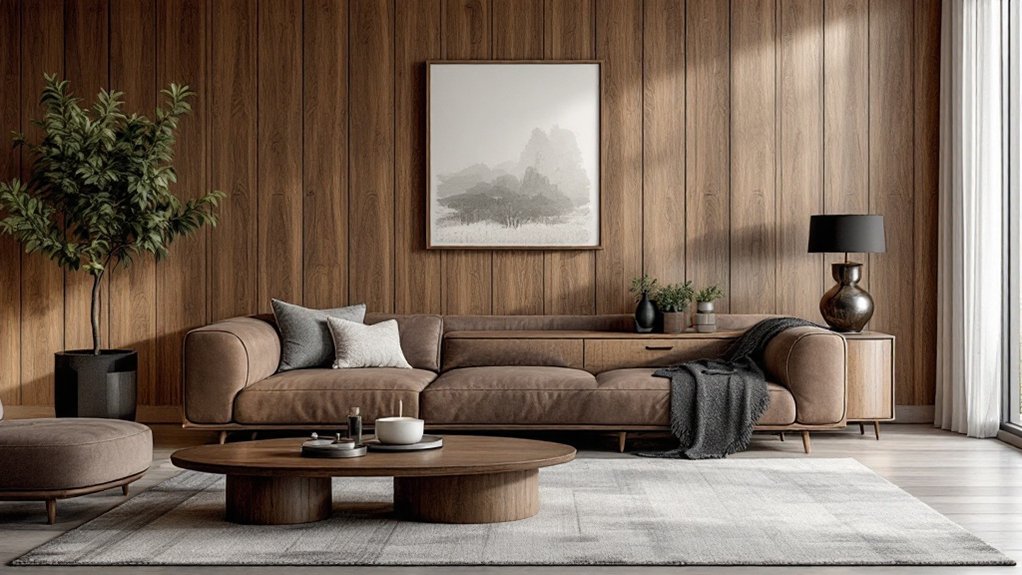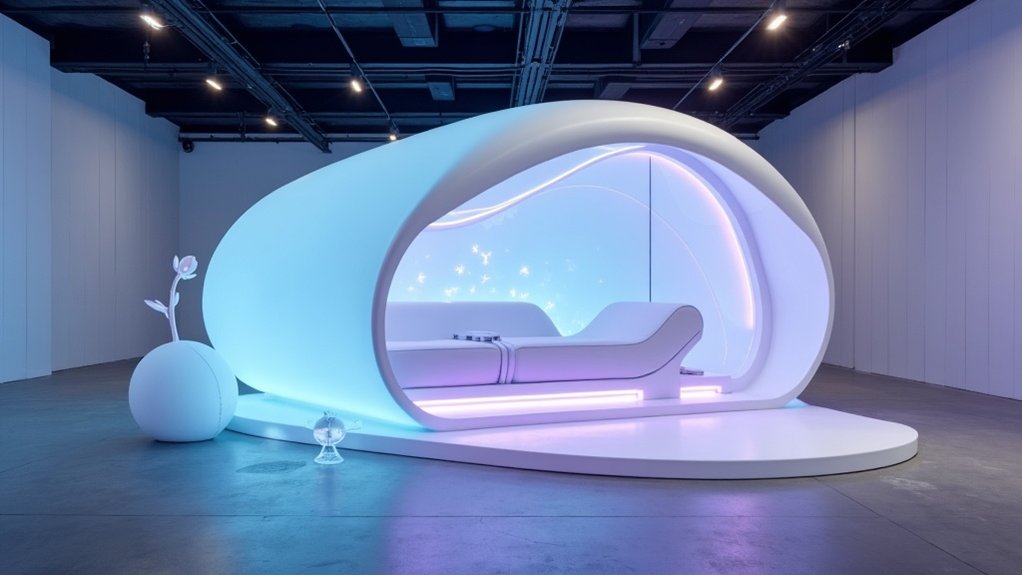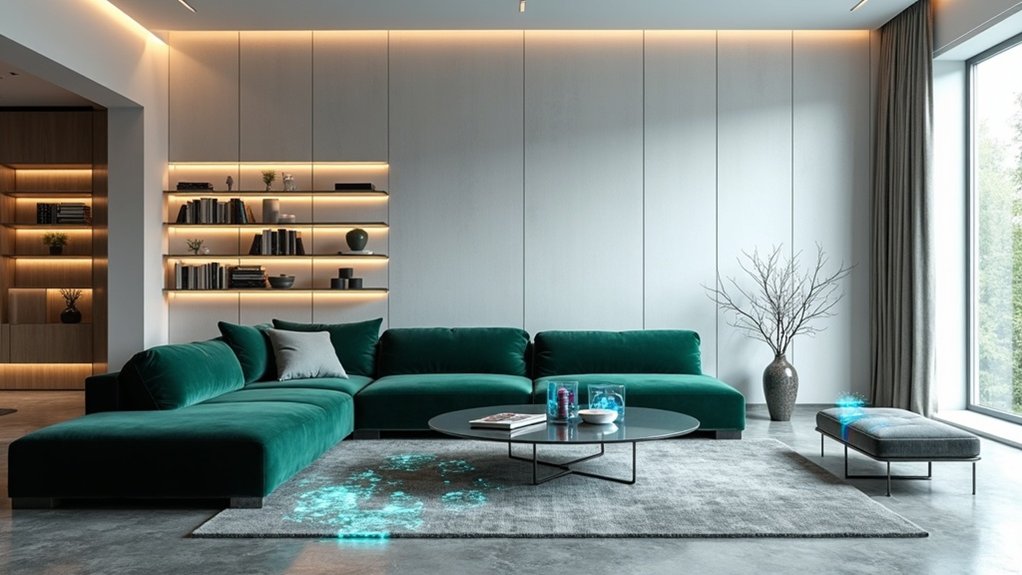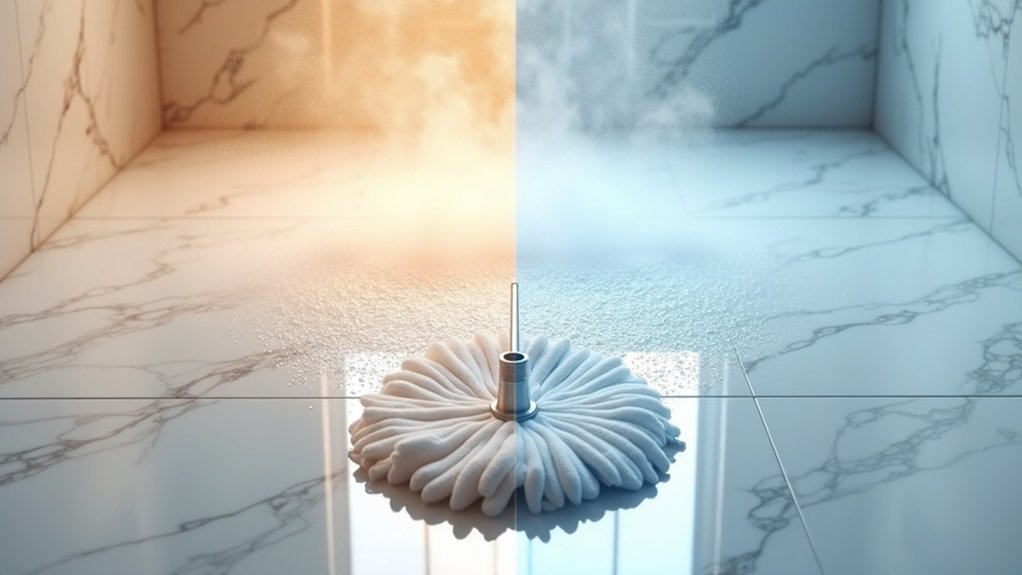Biophilic design, an architectural approach integrating natural elements into modern homes, has emerged as a response to increasing urbanization. This design philosophy incorporates organic materials like wood and stone, alongside features such as living walls, indoor plants, and strategic natural lighting. Research demonstrates that exposure to these natural elements reduces stress levels, improves concentration, and boosts overall well-being. Beyond aesthetics, biophilic design promotes sustainability through green roofs, efficient water management, and eco-friendly materials—offering solutions for healthier living spaces in our expanding cities.
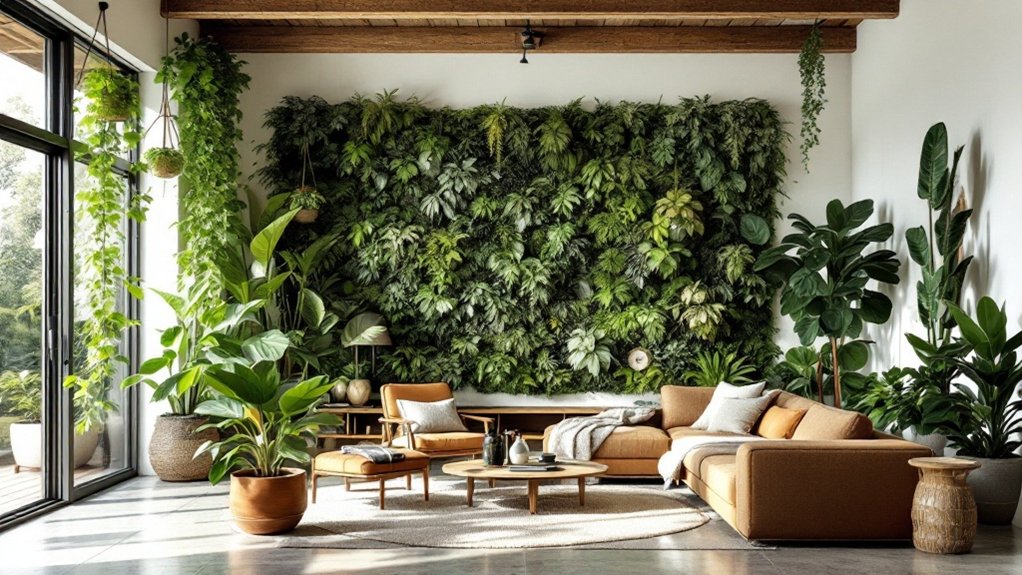
As urbanization continues to distance people from nature, biophilic design has emerged as a revolutionary approach to modern home architecture, seamlessly integrating natural elements into living spaces. This design philosophy emphasizes the incorporation of organic materials like wood, stone, and bamboo, while featuring indoor plants, water features, and living walls that serve both aesthetic and functional purposes. These elements not only create visually striking environments but likewise act as natural air purifiers, contributing to healthier indoor atmospheres. Nature of the space principles guide architects to create designs that reflect natural characteristics and spatial configurations found in the environment.
Projects like Welcome to the Jungle showcase how rooftop vegetable gardens can transform urban living spaces into self-sustaining environments. The integration of natural light stands as a cornerstone of biophilic design, with architects incorporating large windows, skylights, and retractable glass doors to maximize sunlight exposure. This approach reduces energy consumption while supporting residents' circadian rhythms and overall well-being. Strategic placement of mirrors and reflective surfaces further improves daylight distribution, creating bright, inviting spaces that blur the boundaries between indoor and outdoor environments.
Research has demonstrated significant health benefits associated with biophilic design elements. Studies show that exposure to natural materials and greenery in living spaces can reduce stress levels, lower blood pressure, and improve concentration. The multi-sensory experience created by these design elements engages residents through sight, smell, and touch, promoting comprehensive wellness and mental clarity in both residential and healthcare settings.
Biophilic design harnesses nature's power to enhance human health, creating environments that nourish body and mind through natural elements.
In urban environments, designers have developed innovative solutions to incorporate nature in spite of spatial limitations. Vertical gardens, preserved moss walls, and compact indoor gardens allow city dwellers to enjoy the benefits of biophilic design even in smaller living spaces. These adaptations often contribute to broader environmental benefits, including improved air quality and reduced urban heat island effects in densely populated areas.
The movement towards biophilic design similarly aligns with broader sustainability goals, incorporating recycled materials and responsible sourcing practices. Green roofs, rooftop gardens, and efficient water management systems demonstrate how this design approach extends beyond aesthetics to support environmental conservation.
As cities continue to expand, the integration of nature through biophilic design principles offers a promising solution for creating healthier, more sustainable living spaces that reconnect residents with the natural world.
Frequently Asked Questions
How Much Does It Cost to Implement Biophilic Design in Existing Homes?
The cost of implementing biophilic design in existing homes varies significantly based on project scope.
Small-scale upgrades incorporating plants and natural materials typically range from $100 to $5,000, while medium-scale interventions featuring living walls and lighting modifications can cost between $5,000 and $50,000.
Extensive renovations with architectural changes may exceed $200,000.
Ongoing maintenance costs average $10-$100 monthly for basic installations, while professional services for larger features can reach $3,000 annually.
Can Biophilic Design Elements Work in Small Apartments With Limited Space?
Biophilic design can effectively adapt to small apartments through strategic space utilization.
Vertical gardens, compact plants like snake plants and pothos, and multifunctional furniture with integrated planters maximize natural elements without sacrificing floor space.
Mirrors and glass partitions amplify natural light while creating an illusion of spaciousness.
Even minimal interventions, such as nature-inspired textiles and artwork, can establish meaningful connections to nature within limited square footage.
Which Plants Are Best Suited for Rooms With Minimal Natural Light?
Several plant varieties excel in low-light conditions, making them ideal choices for dimly lit spaces.
The ZZ plant and Snake plant demonstrate remarkable resilience, thriving with minimal natural light while requiring infrequent watering.
Pothos and Philodendron varieties adapt well to shade and offer trailing foliage that improves dark corners.
Peace lilies not only survive in low light but additionally contribute to air purification, while Cast Iron plants live up to their name with exceptional durability.
Does Biophilic Design Increase Home Maintenance and Cleaning Requirements?
While biophilic design can increase certain maintenance requirements, the extent largely depends on the specific elements chosen.
Living walls and water features demand regular upkeep through watering, pruning, and cleaning.
Nevertheless, low-maintenance alternatives like preserved moss walls, artificial plants, or nature-inspired artwork can provide similar aesthetic benefits with minimal care needs.
Strategic material selection and automated systems can significantly reduce the maintenance burden while retaining biophilic advantages.
How Does Biophilic Design Affect Home Resale Value in Today's Market?
Research indicates that biophilic design features can significantly improve home resale value in today's market, with properties commanding 15-20% premiums over comparable non-biophilic homes.
Elements like living walls, natural lighting, and indoor-outdoor flow particularly appeal to millennial and Gen Z buyers.
Industry data shows that WELL or LEED-certified homes with biophilic elements sell faster and at higher price points, especially in competitive urban markets where wellness-oriented features are increasingly valued.
